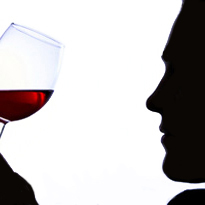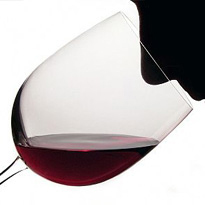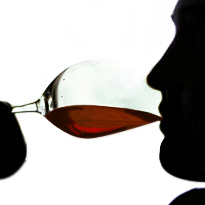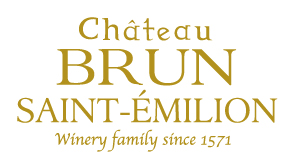





The color is judged according to its color and intensity (light, dark, dark, intense). A visual inspection information on age, variety and quality of the vintage. The hard surface of the wine is wine. Its brightness and thickness learn about his age. Plus the disc is thicker, the wine is changed. Finally, the tears that cling to glasses of wine reflect the fat and viscosity.

The first nose is the inspiration over the glass from the wine poured. The first nose information about the personality of the wine and its possible defects. Before the second nose, shaking the glass to oxygenate the wine. You consider, then, the intensity of flavors and richness. New notes will appear. Then, it is interesting to dive back into the glass to see the evolution As the tasting. It classifies flavors per family (floral, animal, fruit, mineral, forest ...) resulting from various stages of winemaking:
- Primary aromas: specific varietal. Ex: flowers, animals, minerals, fruit, vegetable ...
- Aromas secondary: related to fermentation.
- tertiary aromas (or bouquet) : due to the aging in barrels. These are the aromas of aging that can take over the primary aromas. The taste of wood, spice and toast from this step.

First contact: the attack, which will be of quality if it is honest and precise but also full and aromatic. The mid-palate is the development and combines the tactile sensations as well as retro-olfaction. It then determines the balance between all the wine its "ingredients" (alcohol, bitterness, tannin ...). The finish is calculated caudalies (number of seconds of persistent flavors). A great wine has an aromatic persistence of more than 10 seconds. The difficulty is to separate the good aromatic persistence and sensations of acidity and alcohol that her persistent.






